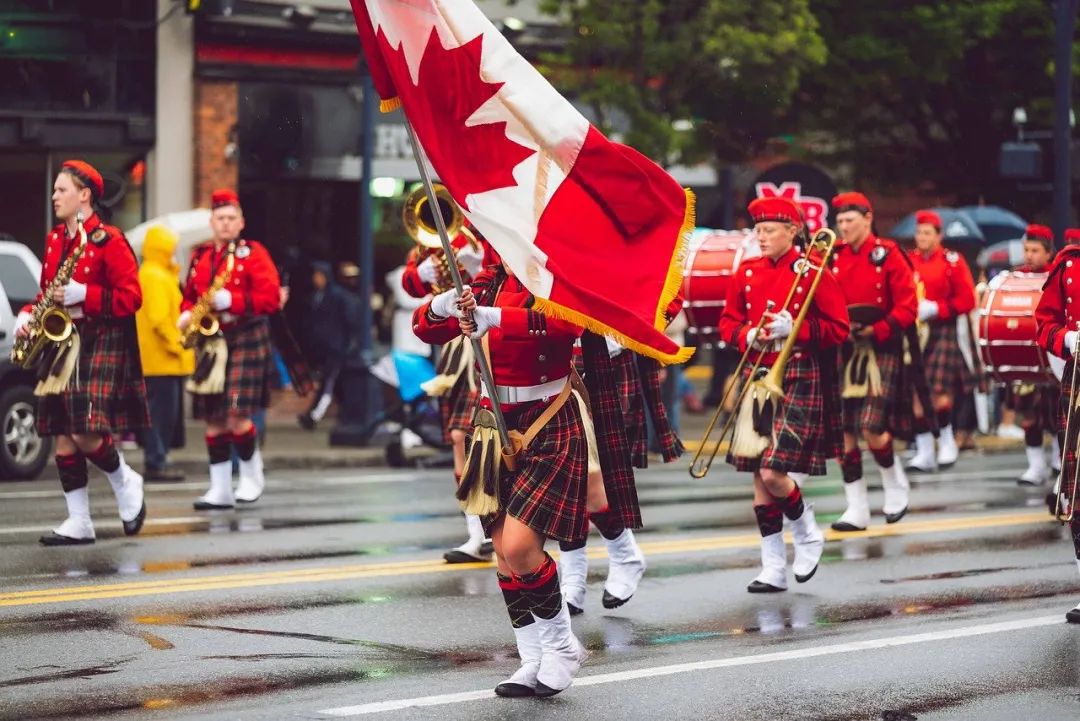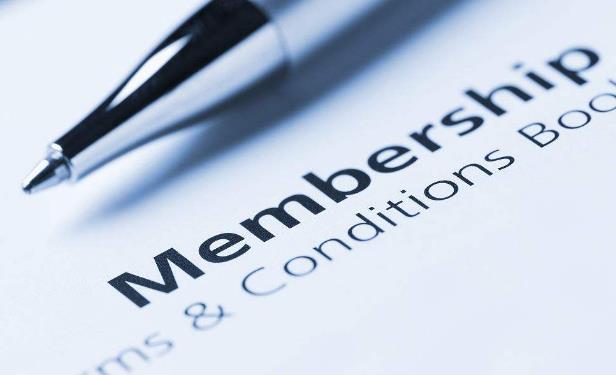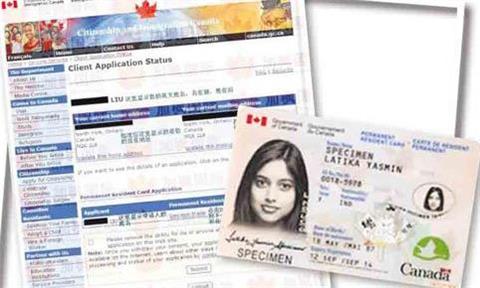Issues About Canadian Immigration Card Exchange And Expired Return? Interpretation Of The New Policy Of Maple Leaf Card Is Here
Issues About Canadian Immigration Card Exchange And Expired Return? Interpretation Of The New Policy Of Maple Leaf Card Is Here
For those who have successfully applied for Canadian immigration, the issues of how to change cards and how to go to Canada after the card expires must have caused a lot of confusion. Here we will explain the following to you in conjunction with the new Canadian maple leaf card policy:
For those who have successfully applied for Canadian immigration, they may have accumulated a lot of doubts about how to change cards and how to go to Canada after the cards expire. To this end, I specifically address the new policy of Canadian maple leaf card and provide you with the following detailed explanation:
The new rules for Canadian maple leaf card explain doubts: Since 2017, permanent residents holding maple leaf card must present the card when entering the country.
Starting from April 30, 2017, Canadian permanent residents must present maple leaf cards and have their customs personnel record when entering and leaving the country, so that the Immigration Bureau can accurately understand their living in Canada, thereby cracking down on illegal immigration with forged identities and restricting some Canadians from staying in the United States for no more than six months each year.
Regarding the interpretation of the new policy of Canadian Maple Leaf Card, if the card has expired, discuss ways to return to Canada.
If a permanent Canadian resident has expired, he/she needs to apply for a "permanent resident travel permit" from a foreign consulate if he/she wants to return to Canada. However, if a permanent resident who is in a country without a maple leaf card wants to go abroad, can he apply directly within the country? The answer is no, they must go to the nearest US consulate to apply. Even if the application is rejected, there is no need to worry about not being able to return home. The Canadian Border Services Agency (CBSA) will give special considerations.
Residents who have lived abroad for a long time have expired in Canada and want to return to their motherland, they must apply for a "permanent resident travel permit" to their local diplomatic agency. However, for permanent residents who are in the country but do not hold Canadian maple leaf cards, the situation is complicated. Some people arrived before the implementation of the maple leaf card, but did not apply, and some were newly arrived immigrants whose maple leaf card had not been delivered or their application for renewal has not been approved. If they urgently need to go abroad, they don’t know whether they can apply for a “permanent resident travel permit” in the country.
The flexible strategy adopted is to go directly to the consulate in the U.S., such as New York or Seattle, to handle matters on your own. Officials made it clear that people do not need to worry about not being able to return to their homeland after the application is rejected. Once rejected, officials from the Canadian Border Services Agency (CBSA) will usually give appropriate workarounds to ensure they can return to Canada.
3. [Interpretation of the new policy of Canadian maple leaf card] The tax bill for the last 5 years must be attached when changing the maple leaf card.
The Canadian Immigration Department revised the renewal regulations for the PR Car in June, requiring applicants to submit tax records for nearly two years, a requirement that concerns among non-tax residents. However, surprisingly, in July this year, the Ministry of Immigration issued more stringent new regulations requiring applicants to submit personal income tax records for any two years in the past five years, or a five-year transcript of a recognized university to prove that they are indeed living in the country. Not only that, all children of appropriate age must also provide proof of learning from the past five years.
4. [Interpretation of the new policy of Canadian maple leaf card] Maple leaf card replacement stipulates that it will last for 2 years within 5 years
According to the Canadian Maple Leaf Card Update Rules, those who hold permanent resident status must live in Canada for a total of two years within a five-year period before they are eligible for renewal. The requirement for living for two years within five years is not calculated from the moment the immigrant arrives in Canada, nor from the moment the maple leaf card is obtained. There are two calculation methods: the first is to reversal from the day when the maple leaf card is submitted, and the total residence is reversal for two years within five years; the second is to reversal from the time point of each entry into Canada and reversal from five years.
In other words, as long as it can be proved that by adopting any of the above-mentioned living methods and passing one of them to meet the provisions for two consecutive years of residence, the requirement for a total of two years of residence will be met.
This provision does not apply if you live abroad with a partner with citizenship. Therefore, for "astronauts" families, when spouses return to their home country after obtaining citizenship and live with their partner who holds Canadian maple leaf cards, they ensure that their immigration status is not affected, and many of them have applied to become non-tax residents.
The Immigration Bureau has the authority to go to Canada Customs to obtain your entry and exit history.
A new content was added to the updated Canadian Maple Leaf Card application form, namely Article 23, which stipulates that applicants must submit their entry and exit records from Canadian Customs over the past five years.
6. [Interpretation of the new policy of Canadian maple leaf card] Immigration Department’s final kill
When applying for a Canadian maple leaf card, you must provide your residence address in Canada, and the address must be proof that the applicant has a fixed residence. Since October 2013, the Immigration Bureau has stipulated that applicants must have a stable residence in Canada. If the applicant fails to provide a fixed residence, the Immigration Bureau will conduct a strict review of it.
If you encounter such problems, do not act without permission. In the process of maintaining the Canadian Maple Leaf Card qualification, the parties need to assist in providing numerous valid Canadian documents. If you find that a certificate is lost or expired, be sure to seek assistance from a professional lawyer to handle it properly to ensure that you can complete the procedures for retaining the Canadian Maple Leaf Card smoothly and promptly.





